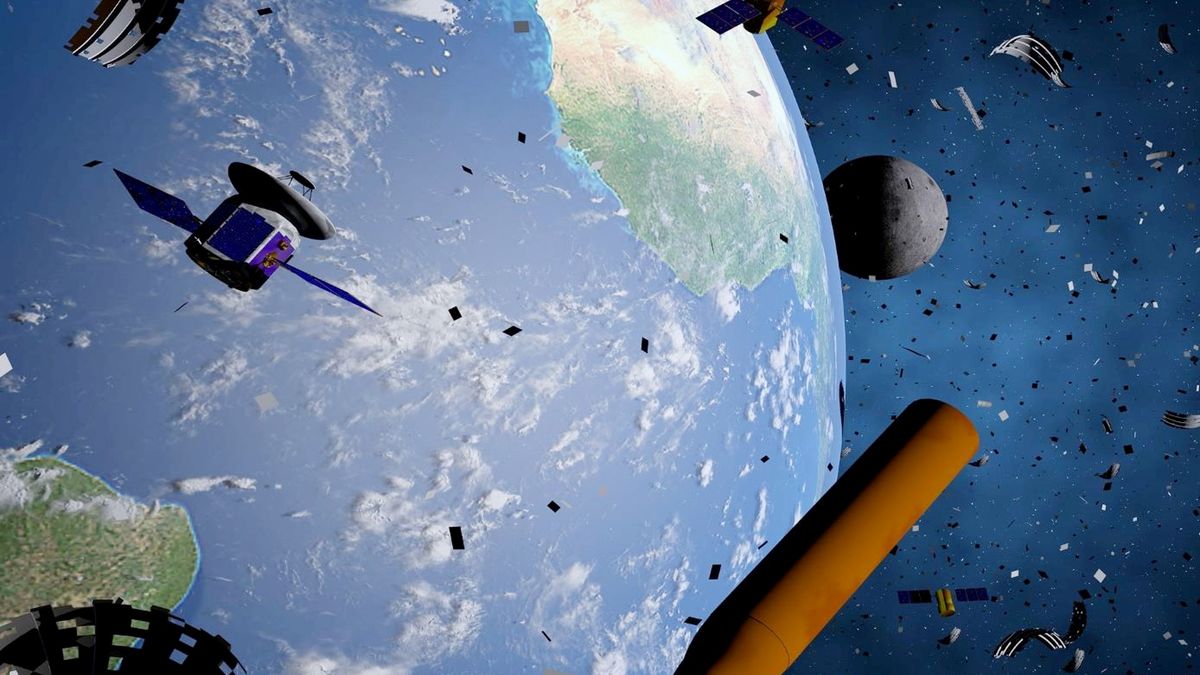An ancient planet named Theia collided with Earth some 4.5 billion years ago and left large amounts of its iron-rich material embedded in our planet, according to a new study.
Researchers first identified the material by studying seismic waves, which travel more slowly in the denser material. The continent-sized deposits lie beneath Africa and the Pacific Ocean and are each about twice the size of the moon.
Earth’s Collision With an Ancient Planet
As dramatic as it may sound, our collision with a wayward, Mars-sized planet is the best-accepted theory for the origin of the moon. Energy from the impact would have melted the surface of Earth and flung material out into orbit that eventually cooled to form our satellite.
Clues of a Planetary Cataclysm
Evidence for such a cataclysmic event is not hard to find. For one, the Earth-moon system contains a surplus of angular momentum, which speaks of a forceful event in the past. And the moon contains few volatile compounds, which would have vaporized during the collision.
But the largest piece of evidence – some vestige of Theia itself – had so far eluded scientists.
Read More: The Moon Is Even Older Than Scientists Thought
How Theia’s Impact Shaped Our Planet
The new project led by Qian Yuan, a researcher at the California Institute of Technology, claims to have simulated how a young Earth would have absorbed the foreign planet and left behind the remnants observed today.
The team’s convection models showed that blobs “tens of kilometers” in size would have sunk into Earth and piled up in the lower mantle, where they still amount to about 2 percent of Earth’s mass.
The Slow Accumulation of Theia Globs
Because of the lower mantle’s relative coolness, the blobs fell like globs of paraffin wax in a lava lamp, instead of mixing like colors in a can of paint. The material’s unusual density – somewhere between 2 and 3.5 percent greater than the proto-Earth’s mantle – pulled it downward to form the large tracts of today.
This isn’t the first time someone has connected the high-density blobs to Theia, Robin Canup, a planetary scientist at the Southwest Research Institute, told Nature. “But this paper is the first in my mind to really take that notion seriously.”
Read More: There Might Be Remnants of an Ancient Planet Buried Inside Earth? Yup
When Did Theia Collide With Earth?
Estimates of when the crucial impact occurred vary significantly. The latest and most precise concluded that Earth was a mere 100 million years old when it collided with Theia and tore free the material that formed the moon.
But not all scientists agree this is how the moon came to be as it may have formed from the same cloud of gas and dust that filled the early solar system. Or it may have formed elsewhere and fell into Earth’s gravity well.
Read More: Earth’s First Whiff of Oxygen














